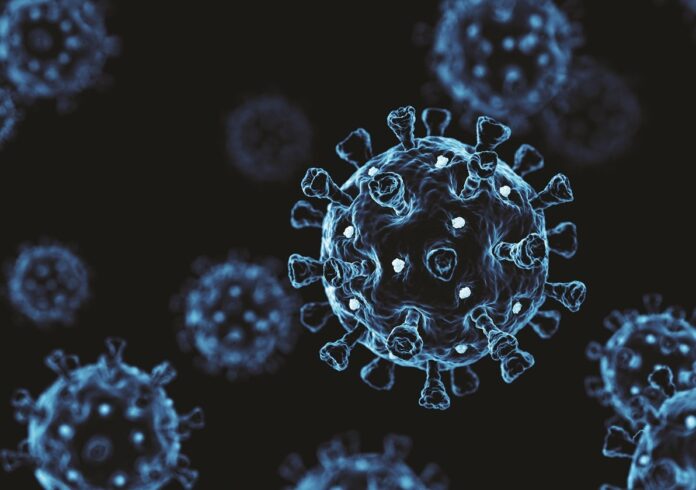By Kate Medlicott, Team Leader for Sanitation and Wastewater, Water, Sanitation Hygiene and Health Unit, WHO Geneva
The promising progress with surveillance of the SARS-CoV-2 virus in wastewater and sludge, as a possible tool to complement testing and tracing of COVID-19 in humans and help inform public health measures, has prompted the World Health Organization (WHO) to prepare a scientific brief on this topic. This will complement other WHO guidance on WASH and COVID-19.
Similar methods have been used successfully in polio eradication to complement surveillance in humans. For use on COVID-19, research is needed to clarify methods and use cases, particularly in countries with low coverage of sewers and limited laboratory capacity.
The rapidly increasing research is based on assessing non-infective SARS-CoV-2 RNA. As this research progresses, it is critical to ensure that service providers, their workforces, and the general public are well informed of the very low risk of COVID-19 transmission from wastewater. It is equally important that essential water and sanitation services and hand hygiene are maintained as the primary WASH actions within the COVID-19 operational response.
The WHO brief reflects that several potential use cases for environmental surveillance are emerging. These include use for early warning, particularly of a second wave in countries that have contained outbreaks and are easing public health and social measures. Environmental surveillance may also be used to support decisions on relaxation of control measures, to fill data gaps in locations where human testing is low, to identify and monitor hotspots and vulnerable populations, or purely to advance research on virus shedding dynamics.
Design and application of environmental surveillance should consider representativeness of sampling sites, especially in locations with low sewer coverage; coordination among research institutes, utilities and public health authorities; and cost-effectiveness of developing capacity for environmental surveillance versus the public health and research benefits.
Further reading
WHO information on WASH and COVID: www.who.int/water_sanitation_health/news-events/wash-and-covid-19/en
WHO COVID-19 Strategic Preparedness and Response Plan: www.who.int/docs/default-source/coronaviruse/covid-19-sprp-unct-guidelines.pdf
WHO Scientific Brief on Environmental Surveillance for SARS-CoV-2 virus: https://apps.who.int/iris/bitstream/handle/10665/333670/WHO-2019-nCoV-Sci_Brief-EnvironmentalSampling-2020.1-eng.pdf







